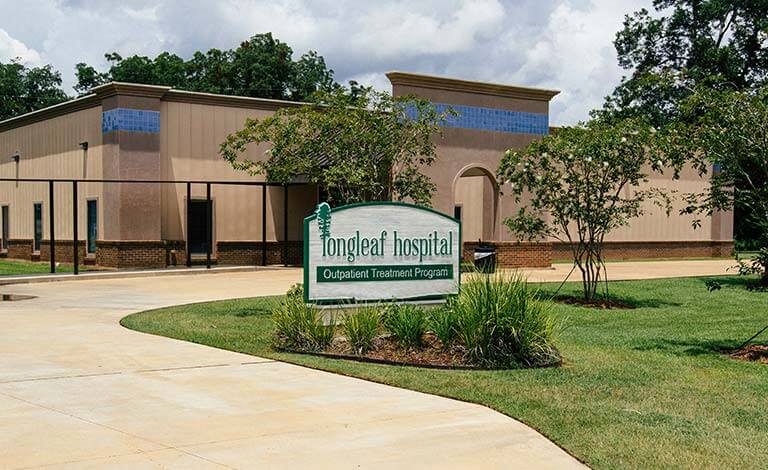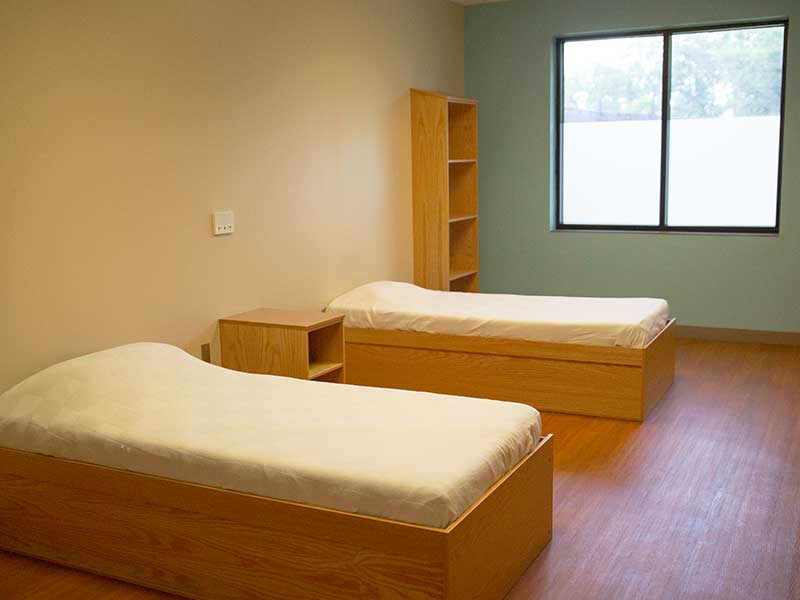Bipolar disorder is a mental illness that is characterized by mood swings that run the gamut from the lows of depression to the highs of mania.
Understanding Bipolar Disorder
Learn about bipolar disorder
During the depressive cycle of bipolar disorder, people become sad, hopeless, and may lose interest in activities that once brought them pleasure. During the manic phase of this illness, people may become full of energy, brimming with euphoria. These cycles of mood may occur only once or twice a year, or as frequently as multiple times each day.
Sometimes, bipolar disorder is expressed by a “mixed episode” or “mixed state,” during which symptoms of mania and depression occur at the same time. A mixed state is one of the most dangerous aspects of bipolar disorder as it combines feelings of intense energy with feelings of extreme sadness, possibly resulting in suicide attempts and other self-harming behaviors.
There are three different types of bipolar disorder, which are described briefly in the following:
Bipolar I disorder occurs when manic or mixed episodes are present for at least 7 days or when manic symptoms are so severe that hospitalization is needed. Usually, depressive episodes also occur, lasting at least two weeks.
Bipolar II disorder is characterized by a pattern of depressive episodes and hypomanic episodes, without the existence of manic or mixed episodes.
Cyclothymic disorder, or cyclothymia, is a milder form of bipolar disorder that is characterized by episodes of hypomania and mild depression for at least two years that do not meet the diagnostic requirements bipolar I or bipolar II.
Bipolar disorder usually develops in a person’s later teen years or during early adulthood, with half of all cases developing before age 25. However, some people experience their first symptoms in childhood and still, others may develop symptoms of bipolar disorder later in life.
While bipolar disorder is a chronic, disruptive condition, most people are able to manage the symptoms of this illness by following a treatment plan that includes the correct medications and therapies. Many treatment centers and clinics offer comprehensive solutions for helping individuals with bipolar disorder learn to successfully manage the illness so that they can live full and happy lives.
Statistics
Bipolar disorder statistics
Bipolar disorder impacts about 5.7 million adults aged 18 and older in the United States, which is the equivalent of approximately 2.6% of the population. An equal number of men and women develop this illness, and bipolar disorder is found in all ages, races, social classes, and ethnic groups. Bipolar disorder is the sixth leading cause of disability in the world.
Causes and Risk Factors
Causes and risk factors for bipolar disorder
It’s thought that bipolar disorder is not the result of one single factor; rather, it is believed that a number of factors work together to cause the development of bipolar disorder. The most commonly cited causes for bipolar disorder include the following:
Genetic: Bipolar disorder often runs in families, and children who have a parent or sibling with bipolar disorder are more likely to develop the disorder than are those without a similar family background. More than two-thirds of people who have this illness have a first-degree relative with bipolar disorder or major depression. It’s important to note, however, that not all people who have a family history of bipolar disorder will go on to develop the illness.
Environmental: A number of environmental factors may trigger bipolar disorder in individuals who have a genetic predisposition for the illness. These factors may include stress, abuse, significant loss, or traumatic experiences.
Risk factors:
- Hormone levels
- Periods of high stress
- Drug or alcohol abuse
- Major life changes
- Being in your early 20s
Signs and Symptoms
Signs and symptoms of bipolar disorder
The symptoms of bipolar disorder will vary based upon individual genetic makeup, the presence of co-occurring disorders, substance use and abuse, and various other life factors. Extreme changes in energy, activity, sleep and behaviors are associated with the cycles of bipolar disorder. Common symptoms of mania (or hypomania) and depression may include:
Manic (or hypomanic) symptoms:
- Overly happy, outgoing mood
- Intense irritability
- Talking very quickly
- Jumping from subject to subject
- Racing thoughts
- Increasing participation in various activities; taking on new projects
- Overly restless
- Requiring little to no sleep
- Unrealistic belief in one’s abilities
- Acting impulsively
- Engaging in high-risk behaviors
Depression Symptoms:
- Extended periods of feeling sad
- Hopelessness
- Feeling tired or slowed down
- Trouble concentrating
- Changes in short-term memory
- Irritability
- Changes in eating patterns
- Changes in sleeping patterns
- Self-harm
- Suicidal thoughts and behaviors
Effects
Effects of bipolar disorder
Bipolar disorder does last throughout an individual’s lifetime and, without proper treatment, may worsen. Living life with untreated bipolar disorder can cause extreme problems in a person’s daily life and within his or her relationships. It can also severely impact his or her ability to lead a normal, productive life.
Long-term effects of living with bipolar disorder may include:
- Drug and/or alcohol abuse and addiction
- Disability
- Legal problems
- Financial difficulties
- Challenges in romantic relationships
- Decrease in healthy interpersonal relationships
- Social isolation
- Poor performance at work or school
- Frequent absenteeism
- Self-harming behaviors
- Suicidal ideation
Co-Occurring Disorders
Bipolar disorder and co-occurring disorders
A number of other mental illnesses may occur alongside bipolar disorder. The most common co-occurring disorders include:
- Generalized anxiety disorder
- Social phobia
- Other anxiety disorders
- Substance use disorders
- Attention-deficit/hyperactivity disorder (ADHD)
- Posttraumatic stress disorder (PTSD)
- Conduct disorder
- Intermittent explosive disorder (IED)












